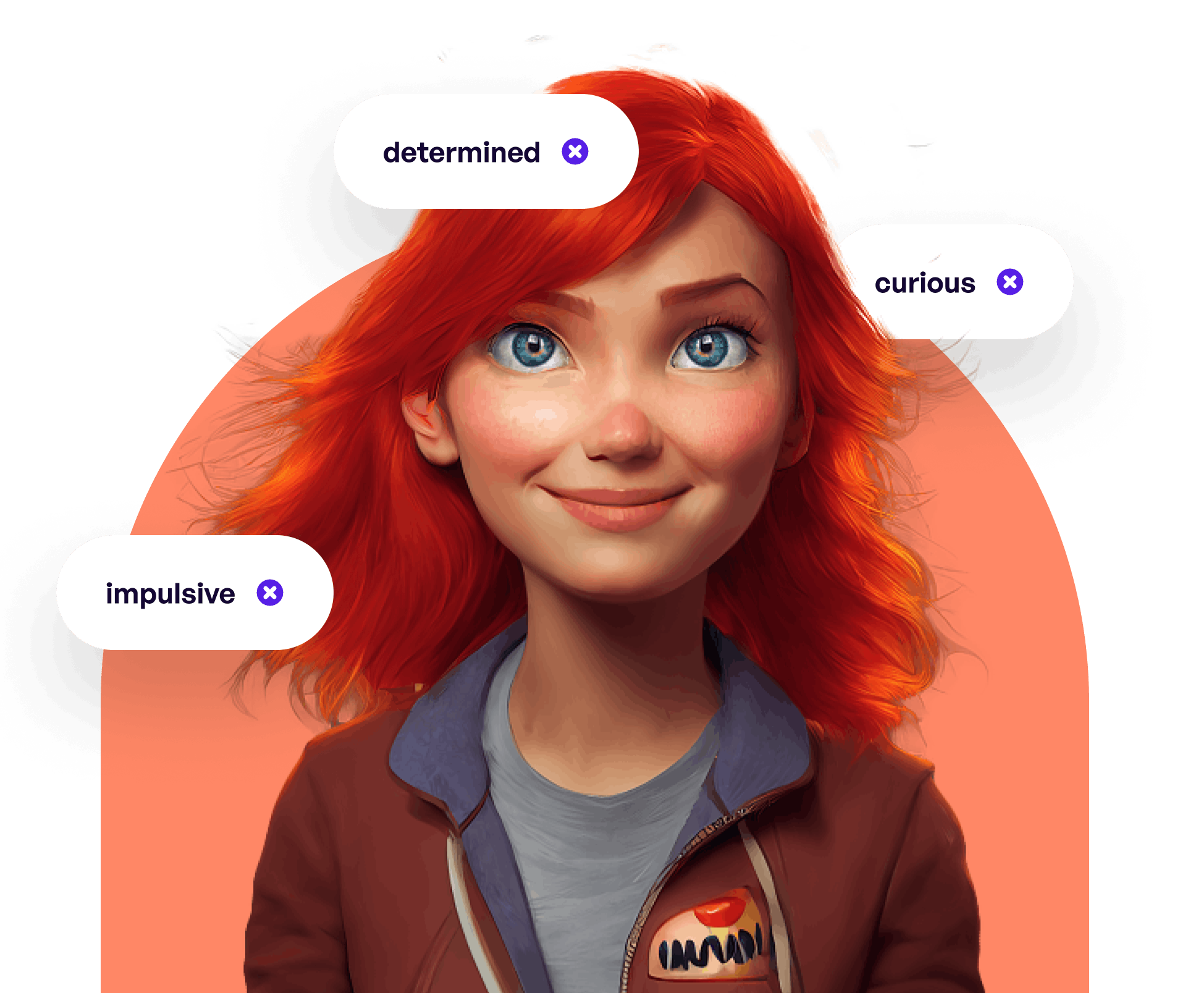The Rise Of The AI Character: Unleashing The Next Generation Of Digital Personalities
The Rise of AI Characters
In today’s digital age, artificial intelligence (AI) is revolutionizing various industries. One fascinating development in this field is the creation of AI characters. These virtual beings are designed to interact with humans, provide information, entertain, and even simulate human-like emotions. In this article, we will explore what AI characters are, how they are created, what is known about them, and their potential solutions. So, let’s dive in!
What do we mean by AI characters?
AI characters, also known as virtual or digital characters, are computer-generated entities designed to simulate human-like behavior and interact with users. These characters can take various forms, such as humanoid robots, avatars in virtual worlds, or even chatbots on websites. They are equipped with AI algorithms and natural language processing capabilities, allowing them to understand and respond to user inquiries in real-time.
How are AI characters created?

The creation of AI characters involves a combination of various technologies and techniques. Firstly, developers employ machine learning algorithms to train the character’s AI model. This training process involves feeding the AI with vast amounts of data to learn patterns, behaviors, and responses. Additionally, the character’s visual appearance is designed using computer graphics and animation software, ensuring a lifelike and engaging representation.
Furthermore, AI characters are equipped with natural language processing (NLP) capabilities. This enables them to understand user commands, questions, and statements. NLP algorithms process the input text or speech of the user and generate appropriate responses, creating a seamless conversation between the AI character and the user.
What is known about AI characters?
While AI characters are still relatively new, significant progress has been made in their development. These virtual beings have proven to be highly adaptable and can be programmed to serve various purposes. Some AI characters are designed as virtual assistants, helping users with tasks, while others are created for entertainment, providing personalized recommendations or engaging in conversation.
AI characters can also display emotions and empathy, making interactions more natural and enjoyable. They can understand and respond to human emotions, adapting their behavior accordingly. This feature opens up possibilities for AI characters to be used in therapeutic settings, providing support and companionship for individuals.
Solution for AI characters
As with any emerging technology, the development of AI characters raises concerns and challenges. One of the major concerns is the ethical implications of creating AI characters that are indistinguishable from humans. It is crucial to establish clear guidelines and regulations to ensure responsible use and prevent misuse.
Another challenge is the potential for AI characters to replace human jobs. While AI characters can efficiently handle certain tasks, it is essential to find a balance between automation and preserving human employment. Collaborative approaches, where AI characters work alongside humans, can be a viable solution.
Information about AI characters
The field of AI characters is continually evolving, and researchers are actively exploring new possibilities. With advancements in technology, AI characters are expected to become more realistic, with enhanced capabilities for understanding and expressing emotions. Additionally, efforts are underway to improve the naturalness of their interactions and expand their knowledge base to provide even more accurate and helpful responses.
AI characters are also being developed to cater to specific industries and domains. For instance, in healthcare, AI characters can assist medical professionals by providing information, monitoring patients, and even offering emotional support. In education, AI characters can serve as tutors, providing personalized learning experiences for students.
Conclusion
The emergence of AI characters has added a fascinating dimension to the world of artificial intelligence. These virtual beings have the potential to enhance various aspects of our lives, from entertainment to healthcare and education. As technology continues to advance, it is imperative to address the ethical considerations associated with AI characters while harnessing their capabilities to create a better future.
Frequently Asked Questions (FAQs)
Q1: Can AI characters understand multiple languages?
A1: Yes, AI characters can be programmed to understand and respond in multiple languages, depending on their design and training.
Q2: Are AI characters capable of learning and evolving?
A2: Yes, AI characters can learn and evolve through machine learning algorithms. As they interact with users and receive feedback, they can improve their responses and behaviors over time.
Q3: Are AI characters limited to virtual environments?
A3: No, AI characters can be integrated into various platforms and environments. They can exist in virtual worlds, websites, mobile applications, and even physical robots.
Q4: Can AI characters replace human companionship?
A4: While AI characters can provide companionship and support, they cannot fully replace human interactions and relationships. They are designed to complement and enhance human experiences rather than replace them.
Q5: What are the potential risks associated with AI characters?
A5: Some potential risks include privacy concerns, the potential for misuse or manipulation, and the ethical implications of creating indistinguishable AI characters. It is crucial to address these risks through responsible development and regulation.
Posting Komentar untuk "The Rise Of The AI Character: Unleashing The Next Generation Of Digital Personalities"